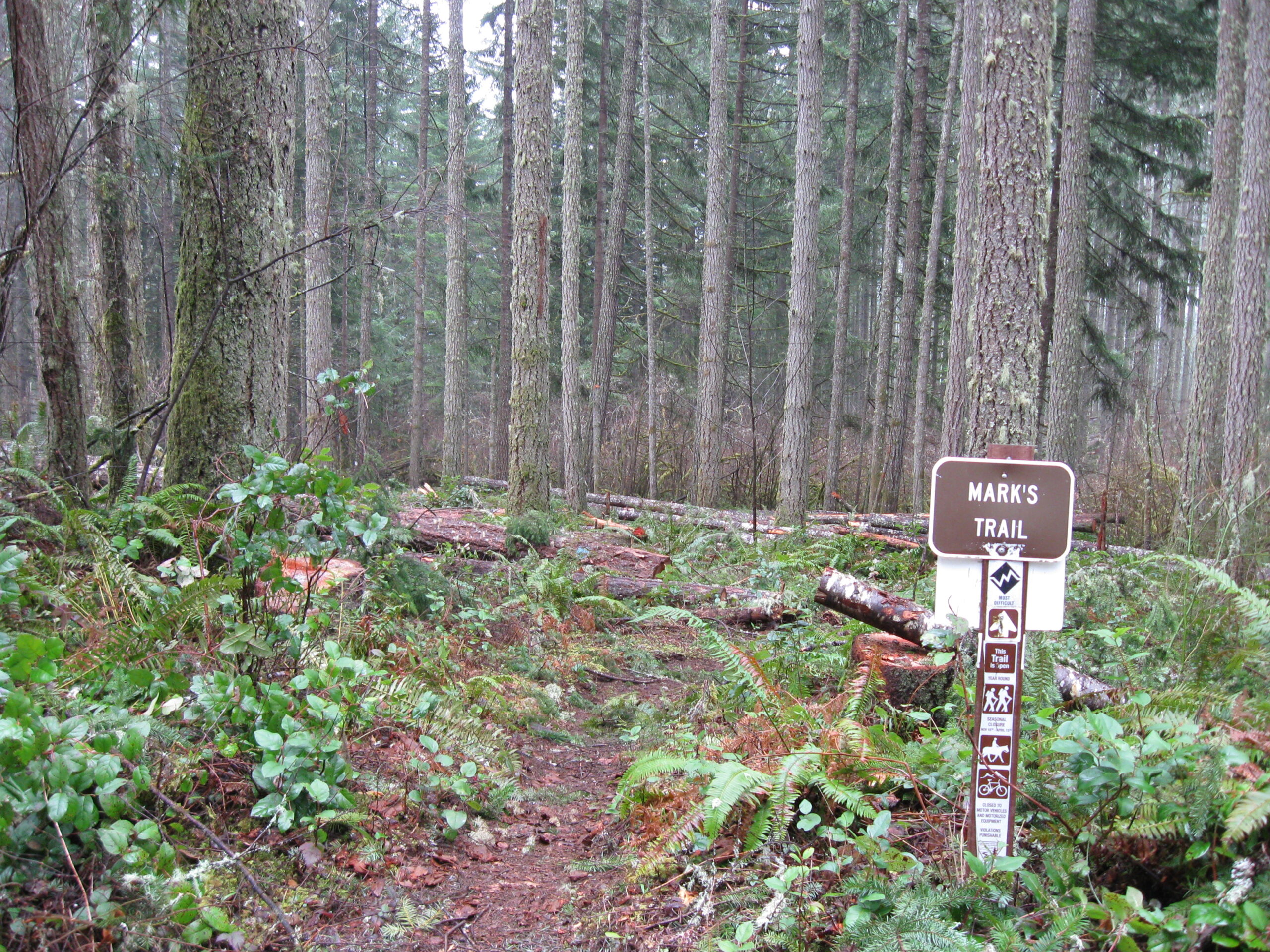Annie's Cabin, Missouri Ridge and 2006 Thinning Timber Sales

The Annie’s Cabin Timber Sale was logged in 2012. It is the site of our ‘heartbreak hike’ due to the terrible condition of the forest left by Freres Lumber.
The Annie’s Cabin Timber Sale was logged in 2012. It is the site of our ‘heartbreak hike’ due to the terrible condition of the forest left by Freres Lumber. During logging and in preparation for logging activities, the BLM closed popular hiking trails in the Molalla River Recreation Corridor. During a groundtruthing visit to the sale in anticipation of logging, Bark volunteers discovered incorrect closure markings at the site and notified the BLM which then corrected the error making it possible for recreationists to access areas in the corridor that were safe for human and equestrian presence. Post-logging monitoring of the sale has identified major road and skid trail impacts to waterways, poorly mitigated erosion, and trees cut that were marked to be left in the forest. Check out our flickr page to see photos from post-logging monitoring of Annie’s Cabin Timber Sale.
The Salem District of the Bureau of Land Management released the Decision Rationale for the Annie ‘s Cabin thinning project and Bark submitted a lawsuit in September 2007. The project has been decreased due to red tree vole presence. On recent groundtruthing trips, Barkers have discovered Oregon Slender Salamander. The Environmental Assessment claimed they were not present, however this species has special management requirements.
The project falls partially within the Molalla River Recreation Corridor. The following four project areas will affect 6 watersheds (in parentheses) Annie ‘s Cabin (Upper Molalla River watershed), Missouri Ridge (Rock Creek and Pudding River watersheds), Snakehouse (Little and Middle North Santiam), and Round Mountain (Crabtree Creek and Hamilton Creek). A total of 566 acres will be thinned, including 85 acres of Riparian Reserves. Road construction would include the following a mile of new road construction up to 20 miles of road would be renovated and 0.6 miles of road would be improved. Upper Willamette River (UWR) Chinook salmon, UWR steelhead trout (both threatened species) inhabit areas just downstream, but the BLM has found that the logging May affect is Not Likely to Adversely Affect ‘ the populations. 246 acres of dispersal habitat for the Northern spotted owl (threatened) will also be logged. ‘
Resources for Comment-Writing
Roads
Reconstruction miles: 20
Habitats & Species
S&M Species: Tall bugbane T&E Species: Upper Willamette River (UWR) Chinook salmonUWR steelhead trout Additional Species Info: 246 acres of dispersal habitat for Northern spotted owl will be affected. Also, some marginal habitat for the Oregon slender salamander will be affected.
Associated Files